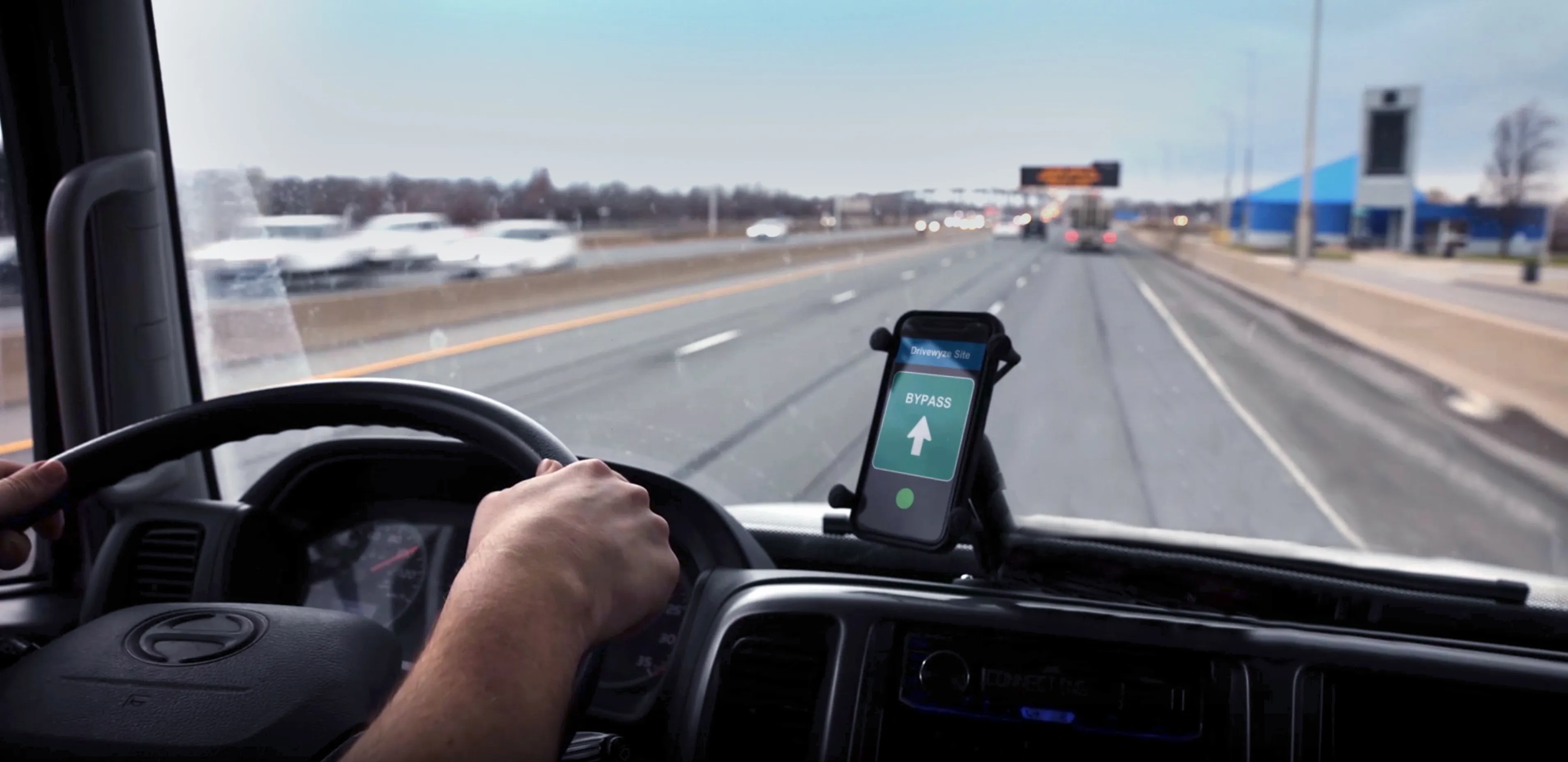The state of Utah will soon deploy Help’s 360SmartView truck screening technology throughout its network of truck inspection facilities to focus on at-risk carriers. 360SmartView is a cloud-based truck-sorting system that will electronically assess all trucks entering weigh stations and present roadside officers with a real-time, complete and correct snapshot of compliance with state and federal safety and weight requirements. According to Help, States that have deployed 360SmartView in the past have report
July 17, 2013
Read time: 2 mins
The state of Utah will soon deploy Help’s 360SmartView truck screening technology throughout its network of truck inspection facilities to focus on at-risk carriers.
360SmartView is a cloud-based truck-sorting system that will electronically assess all trucks entering weigh stations and present roadside officers with a real-time, complete and correct snapshot of compliance with state and federal safety and weight requirements.
According to Help, States that have deployed 360SmartView in the past have reported as much as a 23 per cent increase in violations detected per inspection, attributing this increase to the technology’s ability to more clearly identify deficient carriers. This allows enforcement to focus scarce resources on those trucks and drivers more likely to have safety defects.
“We are excited to have 360 SmartView technology as part of our commercial vehicle safety initiative,” said Chad Sheppick, director of Motor Carrier Services,1904 Utah Department of Transportation. “This technology will provide economic and safety benefits to the motor carrier industry. It will also enhance the state’s safety and enforcement program by providing another tool to identify noncompliant trucks and carriers and allow Utah to better utilise our valuable resources.”
360SmartView is a cloud-based truck-sorting system that will electronically assess all trucks entering weigh stations and present roadside officers with a real-time, complete and correct snapshot of compliance with state and federal safety and weight requirements.
According to Help, States that have deployed 360SmartView in the past have reported as much as a 23 per cent increase in violations detected per inspection, attributing this increase to the technology’s ability to more clearly identify deficient carriers. This allows enforcement to focus scarce resources on those trucks and drivers more likely to have safety defects.
“We are excited to have 360 SmartView technology as part of our commercial vehicle safety initiative,” said Chad Sheppick, director of Motor Carrier Services,









